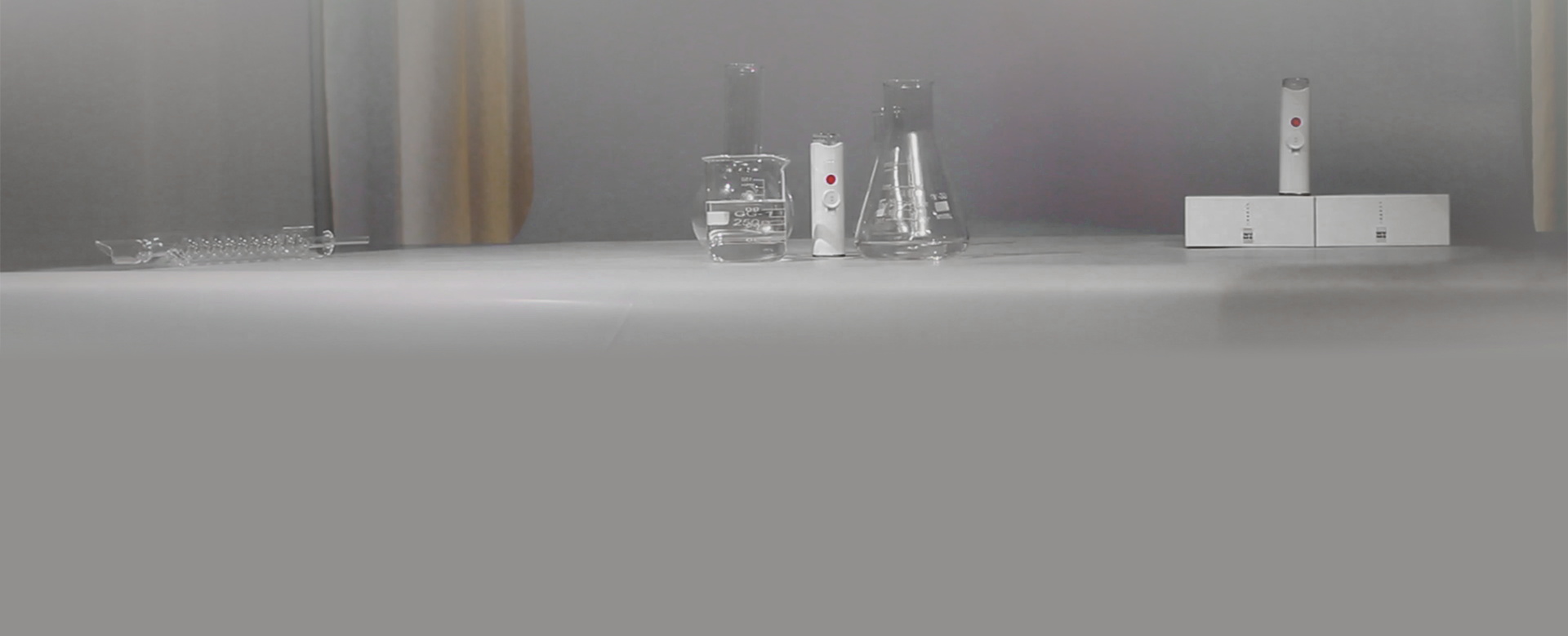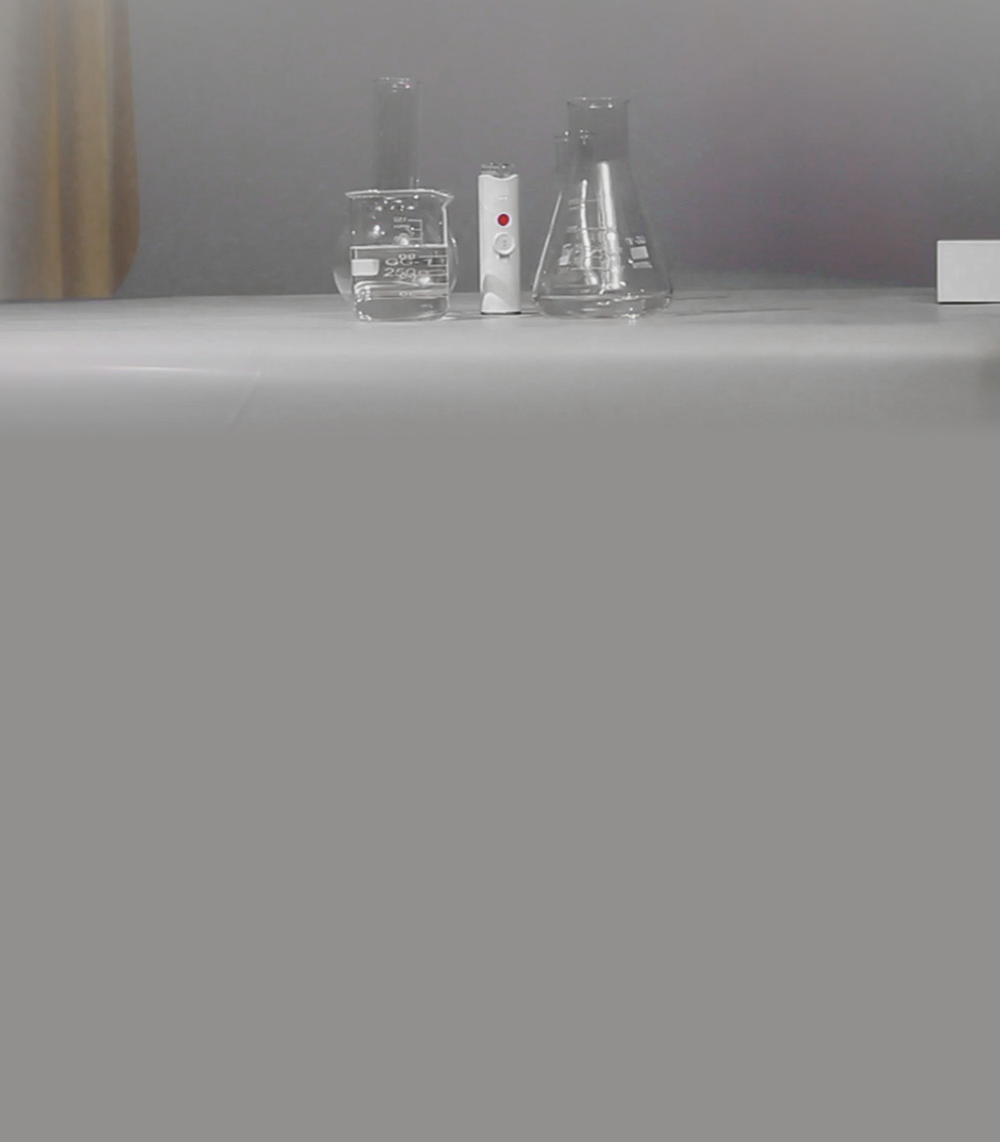Introduction: The Modern Eye Strain Epidemic
In our digital-first world, adults spend an average of 10+ hours daily staring at screens (American Optometric Association, 2024). This chronic exposure leads to dry eye syndrome in 65% of office workers and digital eye strain in nearly 70% of adults. Traditional remedies like artificial tears have limitations, which is why Eye Care Sprays are gaining traction. But do these sprays actually work, or are they just glorified mists? Let’s examine the science.
The Technology Behind Eye Care Sprays
Unlike conventional eye drops that require direct application to the eyeball, Eye Fatigue Relief Sprays and Dry Eye Relief Sprays utilize an innovative eyelid-delivery system. Here’s how they function:
1. Opened-Eyelid Application – The fine mist is sprayed onto the eyelids (or the outer lash line), where moisture and active ingredients are absorbed through the thin skin barrier.
Key Benefit: Eliminates the "blurry vision" effect of drops and reduces contamination risks.
2. Tear Film Restoration – Most high-quality sprays contain:
Hyaluronic Acid (a moisture-retaining humectant)
Electrolytes (to mimic natural tears)
Lipids (to prevent tear evaporation)
3. Blue Light Defense – Advanced formulas like Blue Light Protection Eye Spray include lutein and zeaxanthin, antioxidants that help filter harmful high-energy visible (HEV) light from screens.
Clinical Evidence: Do Eye Sprays Work?
Multiple peer-reviewed studies support the efficacy of eyelid sprays:
Study 1: British Journal of Ophthalmology (2023)
Method: 120 participants with screen-induced dry eyes used an Eye Care Spray 3x daily for 4 weeks.
Results:
(1)59% improvement in tear film stability
(2)43% reduction in self-reported eye fatigue
Study 2: Journal of Clinical Optometry (2024)
Compared Eye Sprays vs. Traditional Drops for Dry Eye Relief.
Finding: Sprays provided longer-lasting hydration (6+ hours vs. 2–3 hours for drops) due to their lipid-based barrier effect.
Expert Opinion:
Dr. Sarah Lin, optometrist and dry eye specialist, states:
"For patients with mild-to-moderate dryness, a well-formulated eyelid spray can be more comfortable and convenient than drops. However, severe dry eye may still require prescription treatments."
Who Benefits Most from Eye Sprays?
Digital Device Users – If you spend hours on phones/laptops, a Blue Light Protection Eye Spray helps counteract retinal stress.
Contact Lens Wearers – No need to remove lenses; sprays hydrate without disrupting vision.
Makeup Enthusiasts – Unlike drops, sprays don’t smudge eyeliner or mascara.
Gamers & Night-Shift Workers – Caffeine-infused sprays (e.g., Eye Fatigue Relief Spray) can reduce puffiness and redness.
Limitations of Eye Sprays
Not all sprays are created equal. Some drawbacks include:
No Instant Relief for Severe Dryness – unlike medicated drops (e.g., Restasis), sprays work gradually.
Potential Allergens – Fragrances or botanical extracts in some brands may irritate sensitive eyes.
Final Verdict: A Resounding Yes (With Caveats)
For mild dryness, fatigue, and blue light strain, modern Eye Care Sprays are scientifically backed, non-invasive, and highly practical. However, they should complement—not replace—regular eye exams and screen-time moderation.

